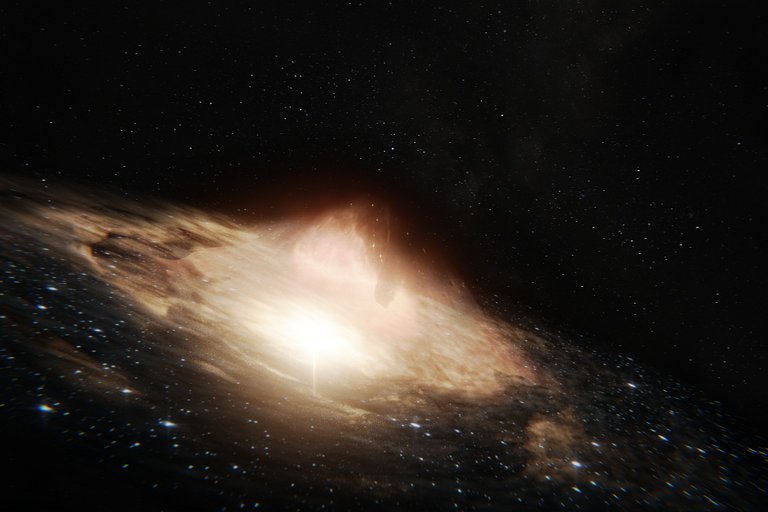The Brightest Quasar Is Ran By The Hungriest Black Hole
The supermassive black hole that works as the engine inside the J2157 quasar is a real monster. It eats up mass of a whole Sun every day. The supermassive black hole at the core of the Milky Way is tiny compared to this monster

Image by Alex Myers from Pixabay
- Be also sure to check out my other posts and follow me @kralizec and subscribe to my Youtube channel at Kralizec Gaming Youtube Channel
For quite some time we have known that there were truly gigantic supermassive black holes in the young Universe. We just do not know how they got there. It goes opposite to our current ideas about the creation and evolution of galactic-size black holes. This is one of the mysteries of current astrophysics.
Among these supermassive black holes, we can find real monsters. Christopher Onken from the Australian National University (ANU) and his colleagues recently found out that one of these ultimate black holes is the hungriest and thus the fastest-growing known black hole in the Universe.
This universal predator has a mass of roughly 34 billion Suns. This means it is roughly 8,000 thousand times more massive than the good’ old supermassive black hole at the core of our galaxy. It can be found inside the SMSS J2157-3602 quasar which is the brightest of all known quasars.
When it comes to its hunger, the researchers found out that this giant black hole eats up about one solar mass per day. Interestingly, the amount of mass eaten is tightly linked with the mass of the black hole. As Onken says: if the supermassive black hole at the core of our galaxy wanted to get to the size of the J2157 quasar it would have to eat about two-thirds of all the stars in the Milky Way.
To research the J2157 quasar and get its exact mass the researchers used the Very Large Telescope array that belongs to ESO. The same team discovered the quasar itself back in 2018.
We observe the J2157 quasar as it was in the Universe when the Universe itself was just 1.2 billion years old. Its supermassive black hole is the largest one we know of in such a young Universe. And it is also one of the largest supermassive black holes ever. Onken and his colleagues will now search for other similar monsters to finally solve the mystery of the too-large black holes in the young Universe.
Sources:
- If you like the content I’m producing about science maybe you will like the content I produce about gaming as well! Be sure to check out my other posts!
I fear for aliens on worse planets. What is our distance from our blackhole?